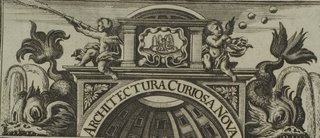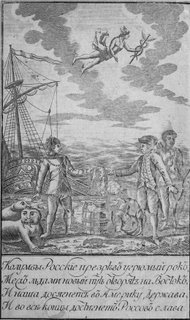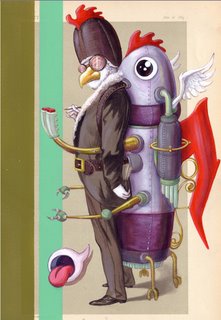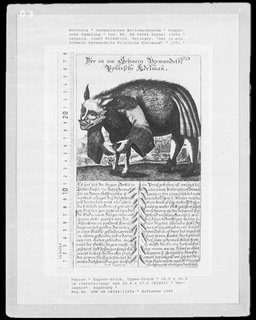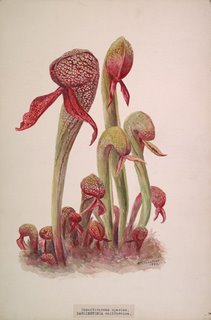






While it's technically true to categorize the cyanotype (blueprint or photogram) as a form of photography, it seems to straddle the fence with printmaking although this may just be semantics.
In 1841 or so, Sir John Herschel disovered the sensitivity to light of a particular iron solution. When this chemical is dissolved in water, it can be applied to a surface such as paper and an object is placed on top and during exposure to uv light, the background goes blue ('Prussian blue') and a negative image of the object remains. Simple and cheap and still practised today by artists and school children.
Anna Atkins had a solid education in science and was a member of the Botanical Society of London. She developed the Herschel discovery as a means of producing illustrations of the plants in which she was interested, chiefly algae and ferns.
"The difficulty of making accurate drawings of objects as minute as many of the Algae and Con[i]fera, has induced me to avail myself of Sir John Herschel's beautiful process of Cyanotype, to obtain impressions of the plants themselves."During the course of the 1840s Atkins produced more than 200 cyanotypes which were included in a 3 volume publication called Photographs of British Algae: Cyanotype Impressions. It stands as the first publication to include images made from a photographic technique and Atkins herself is distinguished as being the first ever female photographer. (The first photograph was produced by Joseph Nicephore Niépce in ~1827)














